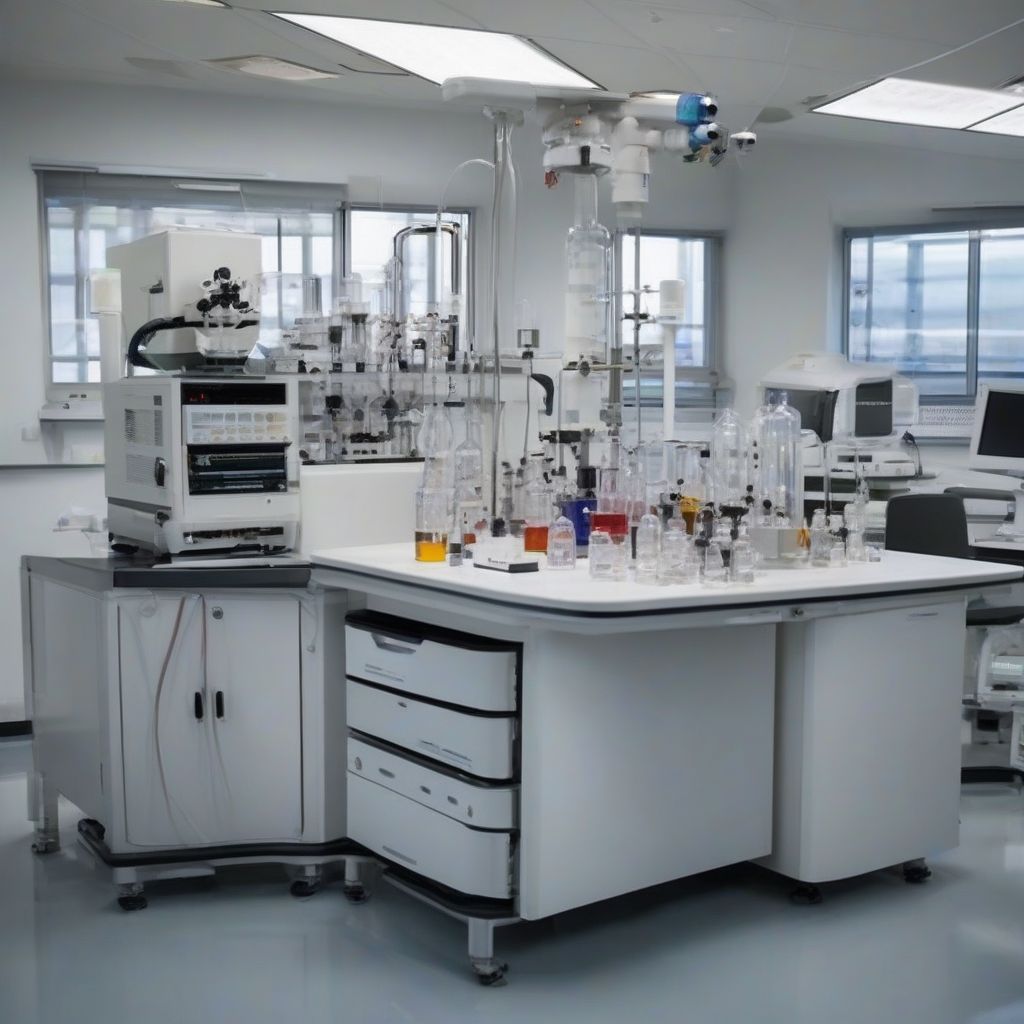Business Analytics in Healthcare Industry: The Data-Driven Transformation
The healthcare industry is awash in data. From electronic health records (EHRs) and medical imaging to wearable technology and genomic sequencing, the volume and complexity of healthcare data have exploded in recent years. This deluge of information presents both a challenge and an opportunity for healthcare providers, payers, and other stakeholders.
This is where business analytics steps in. By harnessing the power of data analytics, healthcare organizations can unlock valuable insights hidden within their data, leading to improved patient care, reduced costs, and enhanced operational efficiency.
What is Business Analytics in Healthcare?
Business analytics in healthcare involves collecting, processing, and analyzing healthcare data to extract meaningful insights and support strategic decision-making. It encompasses a wide range of techniques, including:
- Descriptive analytics: Provides a historical view of data, answering “what happened?” by identifying trends and patterns.
- Diagnostic analytics: Investigates the root causes of those trends and patterns, answering “why did it happen?”
- Predictive analytics: Utilizes historical data to forecast future events, answering “what might happen?”
- Prescriptive analytics: Recommends the best course of action based on data analysis, answering “what should we do?”
Key Applications of Business Analytics in Healthcare
1. Enhancing Patient Care
- Personalized medicine: Analyzing patient data to tailor treatment plans and predict individual patient responses to therapies.
- Early disease detection: Identifying patients at risk of developing certain conditions, enabling early intervention and potentially improving outcomes.
- Remote patient monitoring: Using wearable technology and other devices to track patient health metrics remotely, enabling proactive care and reducing hospital readmissions.
2. Improving Operational Efficiency
- Optimizing hospital operations: Analyzing patient flow data to improve bed utilization, reduce wait times, and streamline resource allocation.
- Supply chain management: Forecasting demand for medical supplies, optimizing inventory levels, and minimizing waste.
- Fraud detection and prevention: Identifying and preventing fraudulent activities, such as insurance claims fraud, using predictive modeling.
3. Reducing Healthcare Costs
- Identifying high-risk patients: Focusing resources on patients most likely to require expensive care, potentially preventing costly interventions.
- Negotiating better contracts: Utilizing data to negotiate favorable contracts with insurance companies and suppliers.
- Reducing medical errors: Analyzing data to identify patterns leading to errors and implementing interventions to prevent future occurrences.
Challenges and Considerations
- Data privacy and security: Protecting sensitive patient information is paramount, requiring robust data security measures and adherence to privacy regulations like HIPAA.
- Data quality and integration: Ensuring data accuracy and consistency across disparate systems can be challenging, requiring robust data governance practices.
- Data analytics skills gap: Finding and retaining skilled data scientists and analysts with healthcare expertise remains a challenge.
The Future of Business Analytics in Healthcare
The future of healthcare is inextricably linked to data. As data generation continues to accelerate, the role of business analytics will only become more critical. We can expect to see:
- Increased adoption of artificial intelligence (AI) and machine learning (ML): Enabling more sophisticated data analysis, predictive modeling, and personalized medicine.
- Real-time data analytics: Empowering healthcare providers to make informed decisions at the point of care, improving patient outcomes.
- Greater emphasis on data-driven culture: Fostering a culture of data literacy and evidence-based decision-making across all levels of healthcare organizations.
Conclusion
Business analytics is transforming the healthcare industry, empowering stakeholders to make better decisions, improve patient care, and enhance operational efficiency. While challenges remain, the potential benefits are vast. By embracing data-driven approaches, healthcare organizations can pave the way for a healthier, more sustainable future.


Leave a Comment